Rainwater Garden Features: Using Rainwater In The Garden
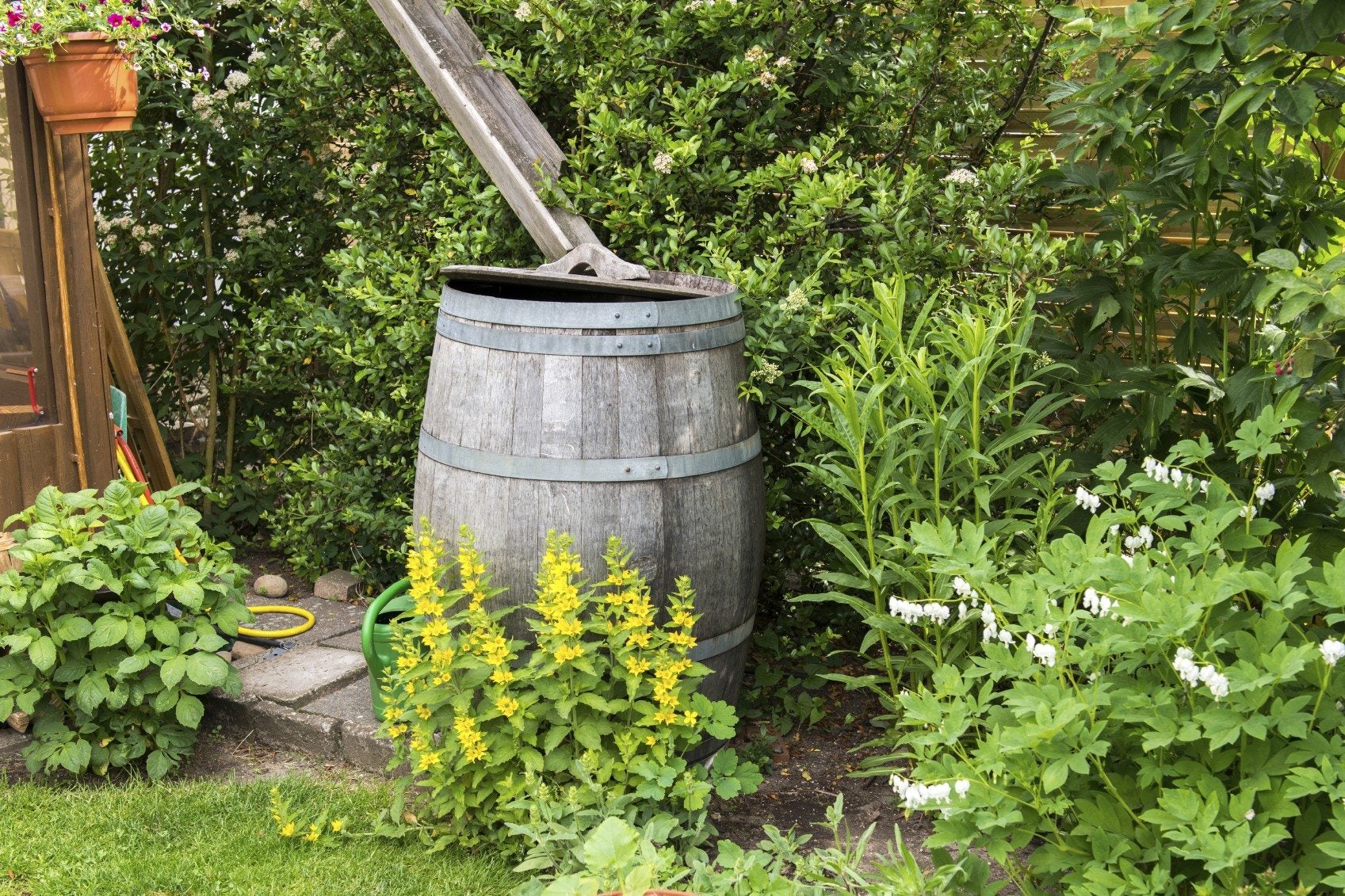

Water is a precious commodity, and drought conditions have become the new norm across much of the country. However, gardeners are creative folks who take the current environmental situation seriously. Many are learning about the benefits of harvesting rainwater and using rainwater in the garden. Read on to learn more about rainwater gardens, which are beautiful, useful, and environmentally friendly.
Benefits of Harvesting Rainwater and Using Rainwater in the Garden
Why use rainwater in the garden? Here’s some reasons:
- Enhances the beauty of your garden and community.
- Provides habitat for birds, butterflies, and other wildlife.
- Helps the environment by filtering and cleaning rainwater runoff before it runs into local waterways.
- Recharges the supply of ground water.
- Controls erosion.
- Reduces your water bill.
- Contains no chemicals or dissolved minerals from the soil.
- Rainwater can be used to irrigate lawns and gardens.
- pH of rainwater is near neutral, which makes it extremely beneficial for plants and ponds.
Rainwater Garden Features
There are numerous rainwater garden features available to home gardeners, including rainwater collection ponds, cisterns, rain barrels, terraces, and various water diversion systems. Your choice depends on your budget, available space, climate, type of soil, terrain, slope, and your personal preferences. For example, a rainwater garden can be large or small, and either formal or informal. If you can afford it, a landscape designer experienced with creation of rainwater gardens may be a wise long-term investment. Keep in mind that many state and local governments offer incentives for creation of rain gardens, and some may provide technical assistance and advice.
Plants as Rainwater Garden Features
Native shrubs, trees, groundcovers and blooming plants are often recommended for rain gardens because they are beautiful, tough, and ideally adapted to your soil, weather, and local ecosystem. They can tolerate a wide range of conditions, and unlike non-native plants, they require no pesticides or fertilizers to survive. Native plants have a built-in relationship with birds, butterflies, and other beneficial pollinators and wildlife. Your local Cooperative Extension Service is a great source of information regarding native plants suitable for your area. Note: It is important that you safeguard rain barrels by keeping them covered whenever feasible, especially if you have small children or even pets.
Gardening tips, videos, info and more delivered right to your inbox!
Sign up for the Gardening Know How newsletter today and receive a free copy of our e-book "How to Grow Delicious Tomatoes".

A Credentialed Garden Writer, Mary H. Dyer was with Gardening Know How in the very beginning, publishing articles as early as 2007.
-
 8 Noteworthy Native Azaleas Every Gardener Should Know – And Grow!
8 Noteworthy Native Azaleas Every Gardener Should Know – And Grow!Native azaleas offer brilliant blooms in a range of colors and sizes. Here are a few favorites to get inspired and start working on a native shade garden!
-
 Growing Climbing Roses: How To Create Elegant Displays With Maximum Blooms
Growing Climbing Roses: How To Create Elegant Displays With Maximum BloomsMaster the art of growing stunning climbing roses with this essential guide to creating vibrant, fragrant walls and structures all summer long.
-
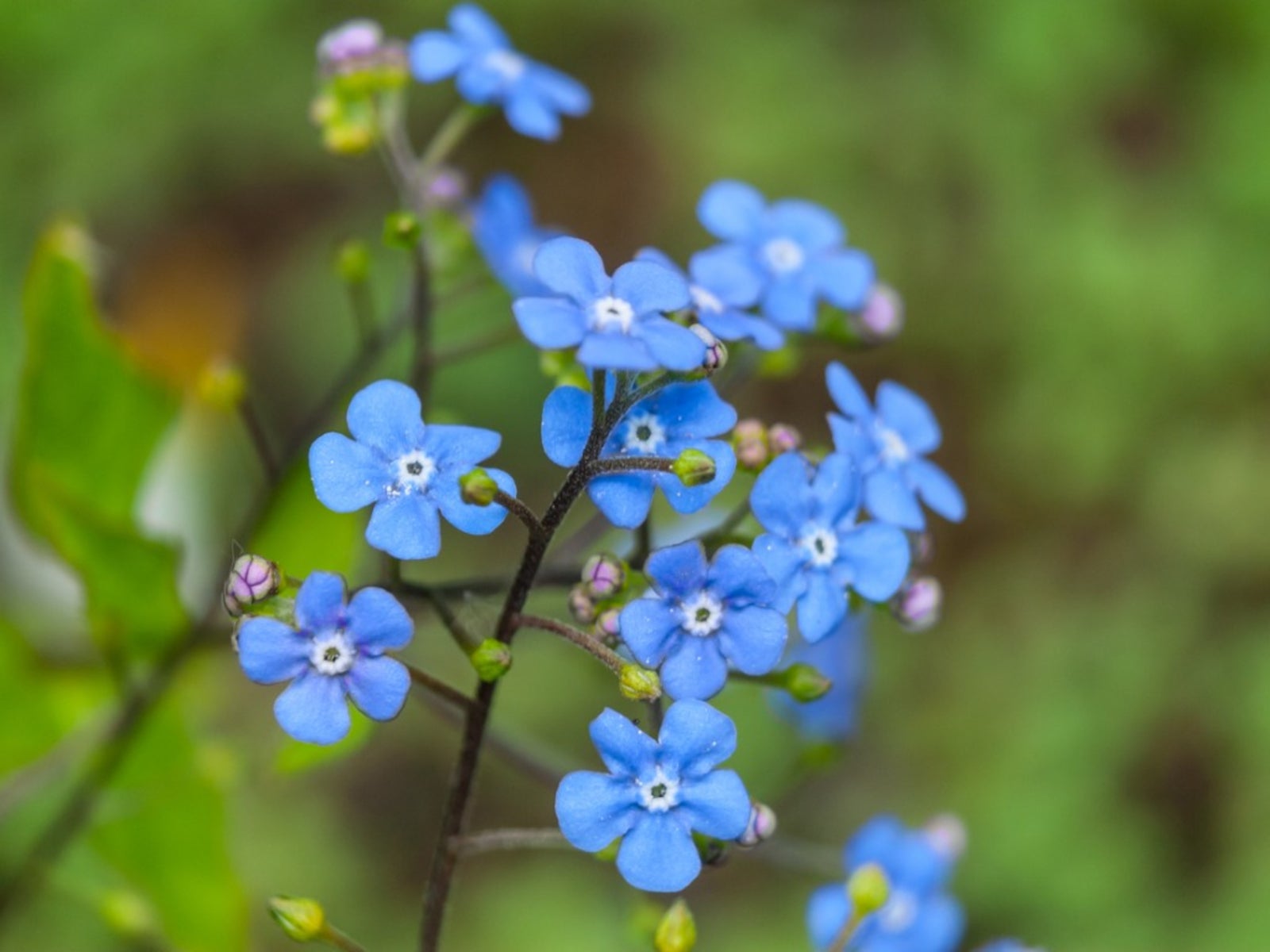 Flowering Pond Plants - Growing Aquatic Flowers
Flowering Pond Plants - Growing Aquatic FlowersAdding flowering pond plants to natural and manmade water features can be an easy way to quickly beautify a space with lush greenery and vibrant bursts of seasonal color. Read on for more.
-
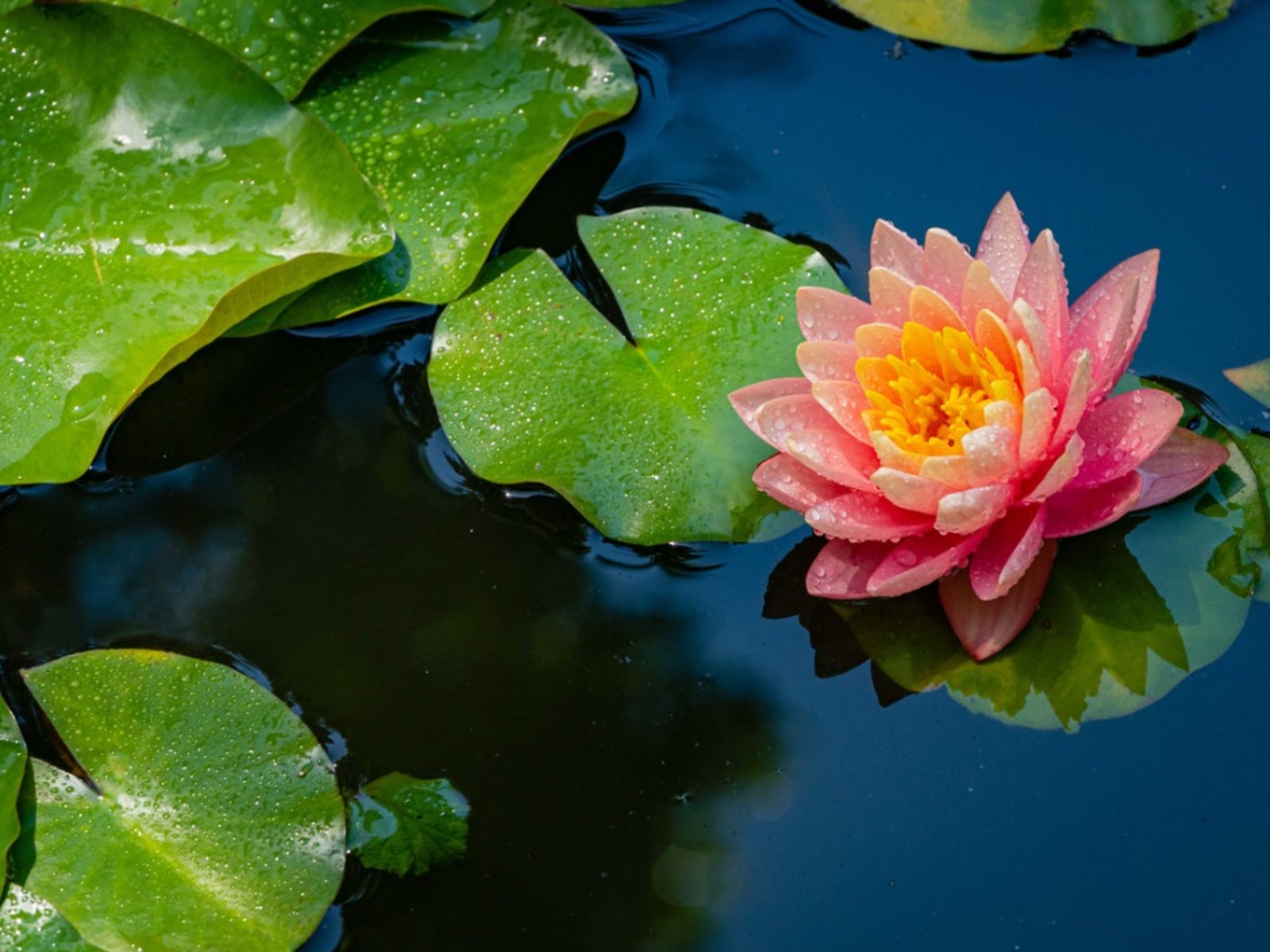 Full Sun Aquatic Plants - Full Sun Floating Pond Plants
Full Sun Aquatic Plants - Full Sun Floating Pond PlantsThere are pros and cons to putting a pond in full sun, but it's very doable. Here are some ideas to get you started.
-
 Echinodorus Creeping Burhead – Information On Creeping Burhead Plant Care
Echinodorus Creeping Burhead – Information On Creeping Burhead Plant CareCreeping burhead plants are members of the water plantain family and commonly used in freshwater aquariums or outdoor fishponds. Echinodorus creeping burhead is native to the eastern half of the United States. To learn more about the creeping burhead plant click the following.
-
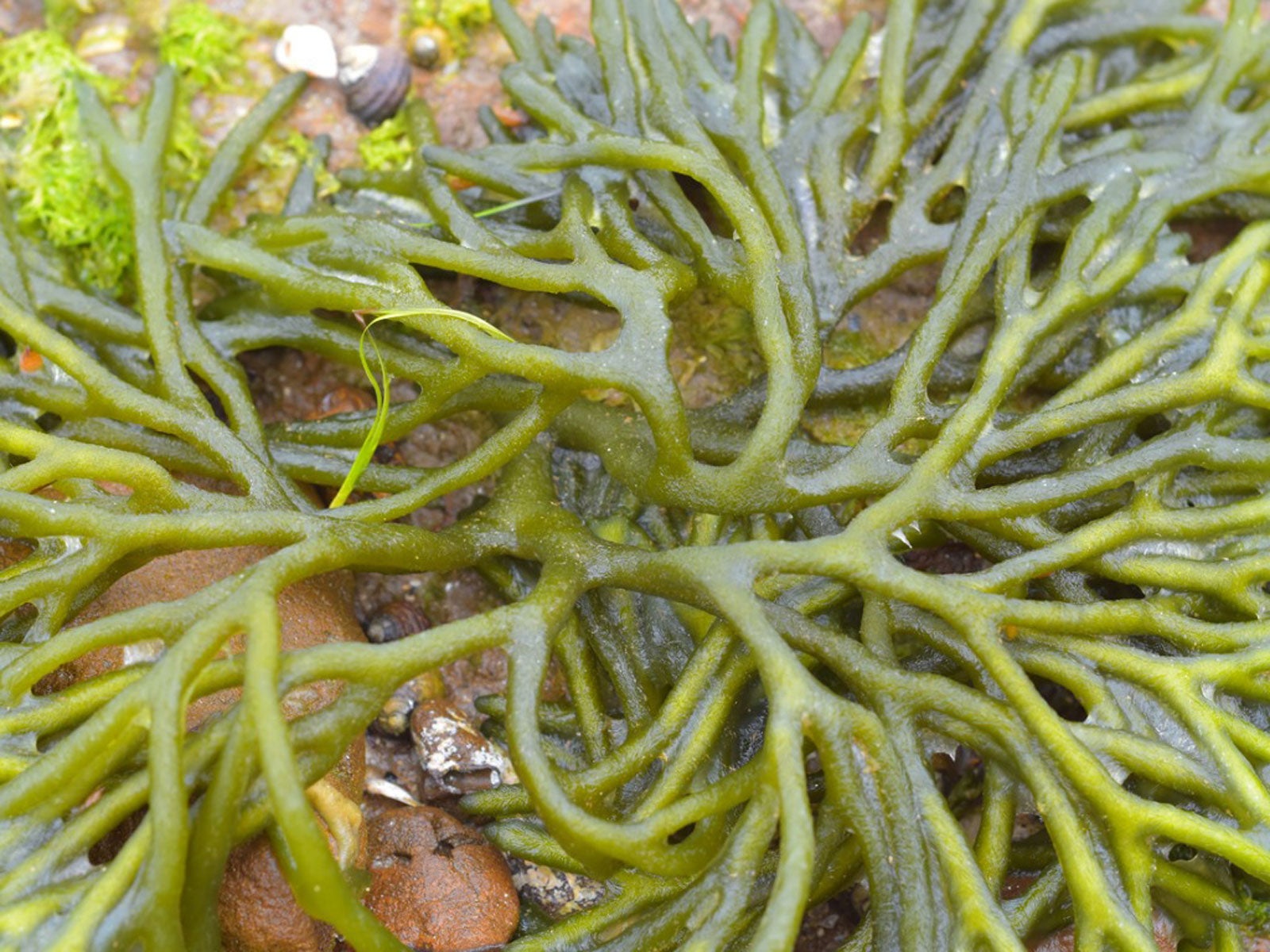 What Is A Saltwater Aquarium: Plants For Saltwater Aquariums
What Is A Saltwater Aquarium: Plants For Saltwater AquariumsBuilding and maintaining a saltwater aquarium requires some expert knowledge in choosing the right plants. Here are some choices to start with.
-
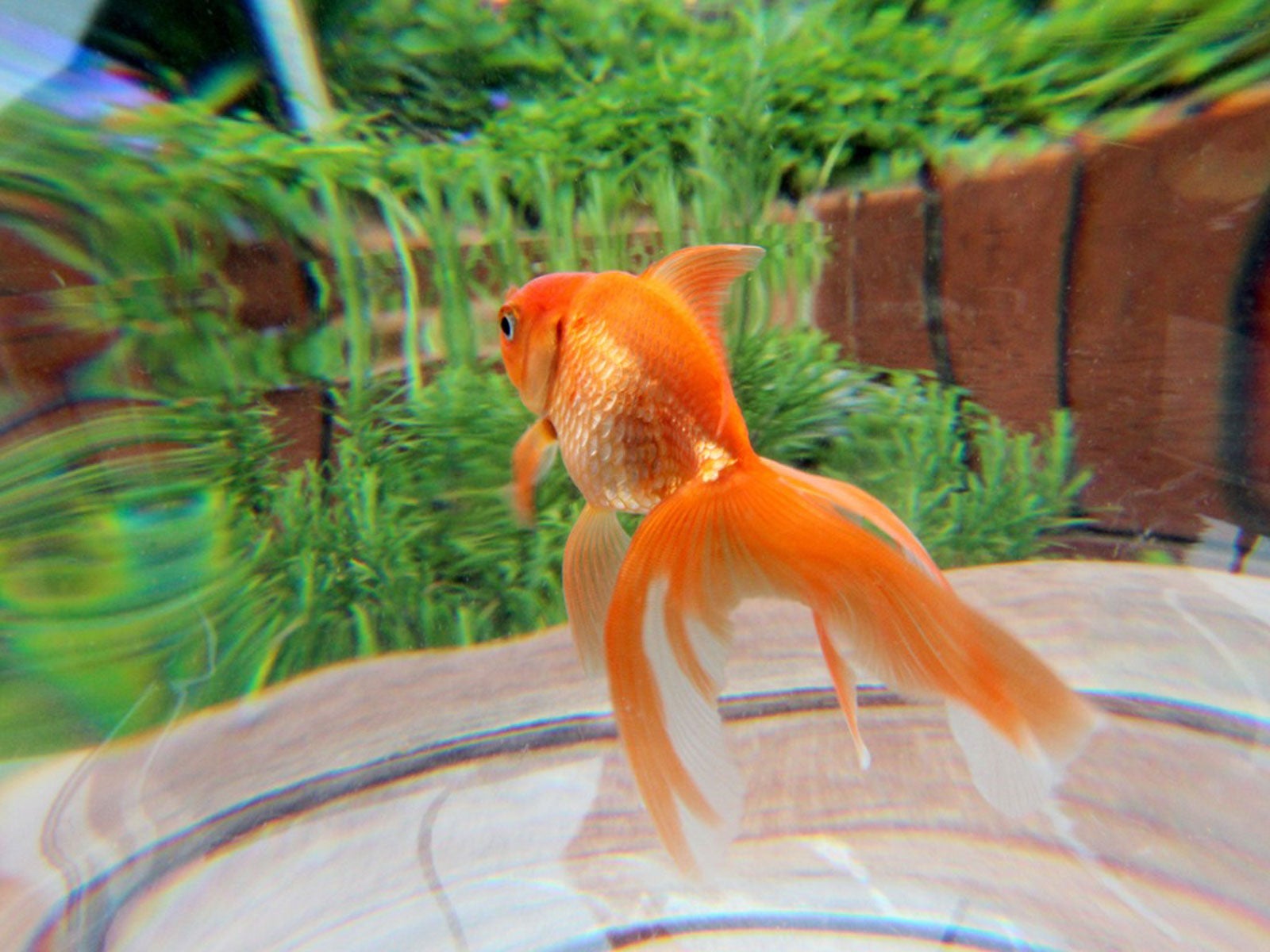 Outdoor Aquarium Ideas: Putting A Fish Tank In The Garden
Outdoor Aquarium Ideas: Putting A Fish Tank In The GardenAquariums are generally made for inside the house, but why not have a fish tank outside? Click here for tips and ideas on backyard aquariums.
-
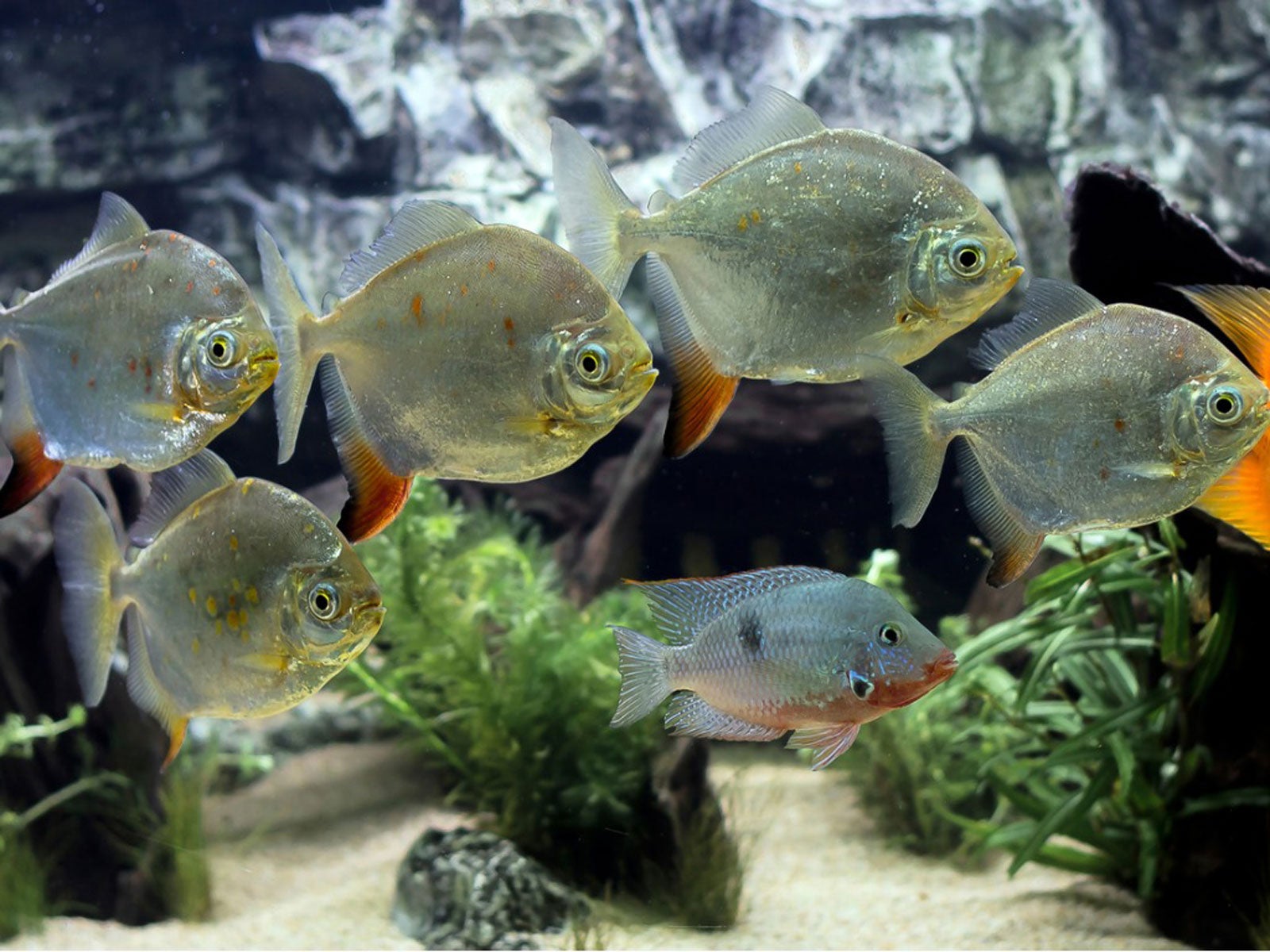 Fish That Eat Plants – Which Plant Eating Fish Should You Avoid
Fish That Eat Plants – Which Plant Eating Fish Should You AvoidGrowing plants with aquarium fish is rewarding, but if you want to combine plants and fish, learn what aquarium fish to avoid. This article will help.
-
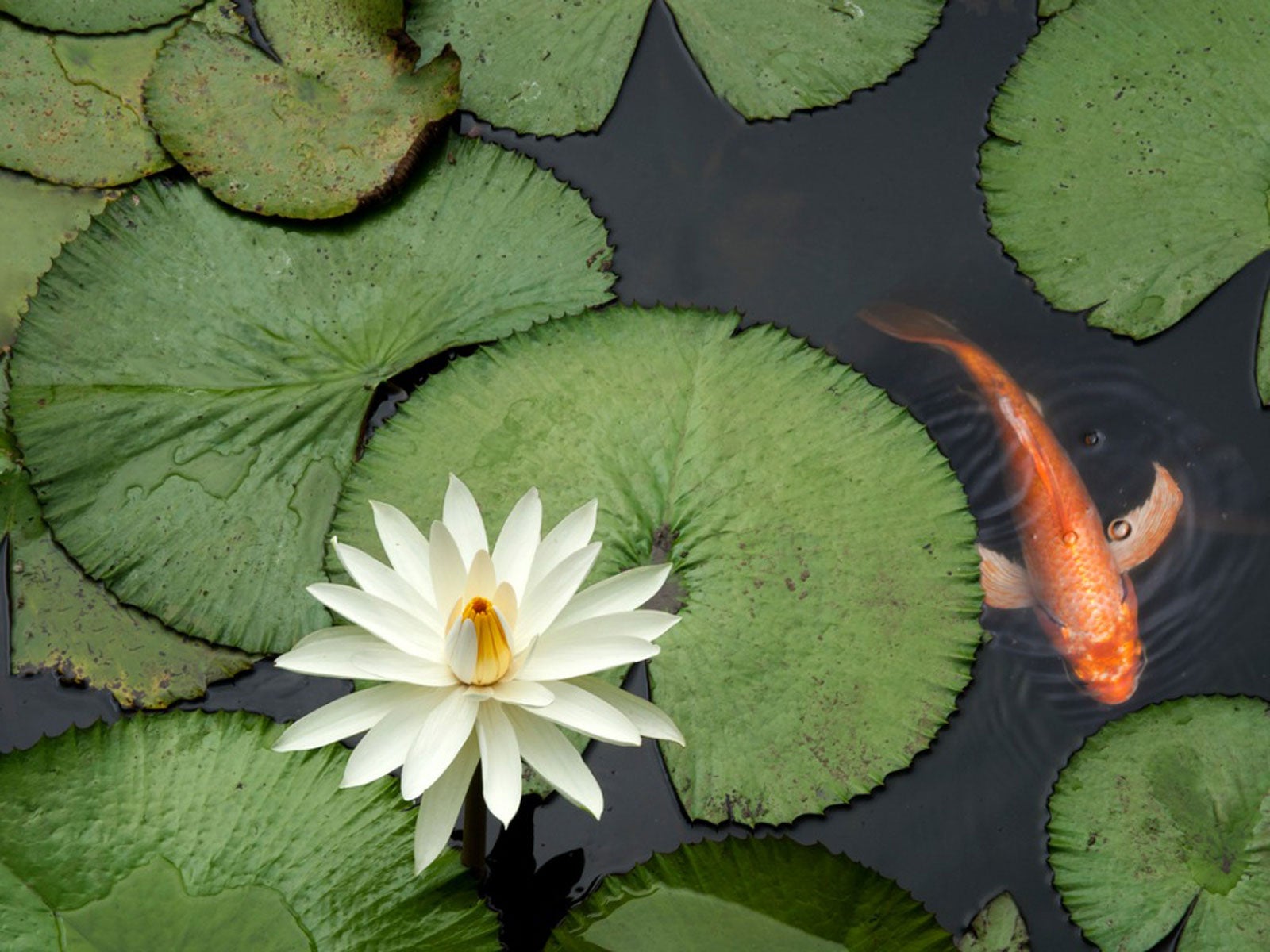 Is Pond Fertilizer Bad For Fish: Learn About Fish Safe Fertilizer
Is Pond Fertilizer Bad For Fish: Learn About Fish Safe FertilizerUsing fertilizer around fishponds must be done with care. Excess nitrogen causes algae, but can also contaminate the water and affect fish. Learn more here.
-
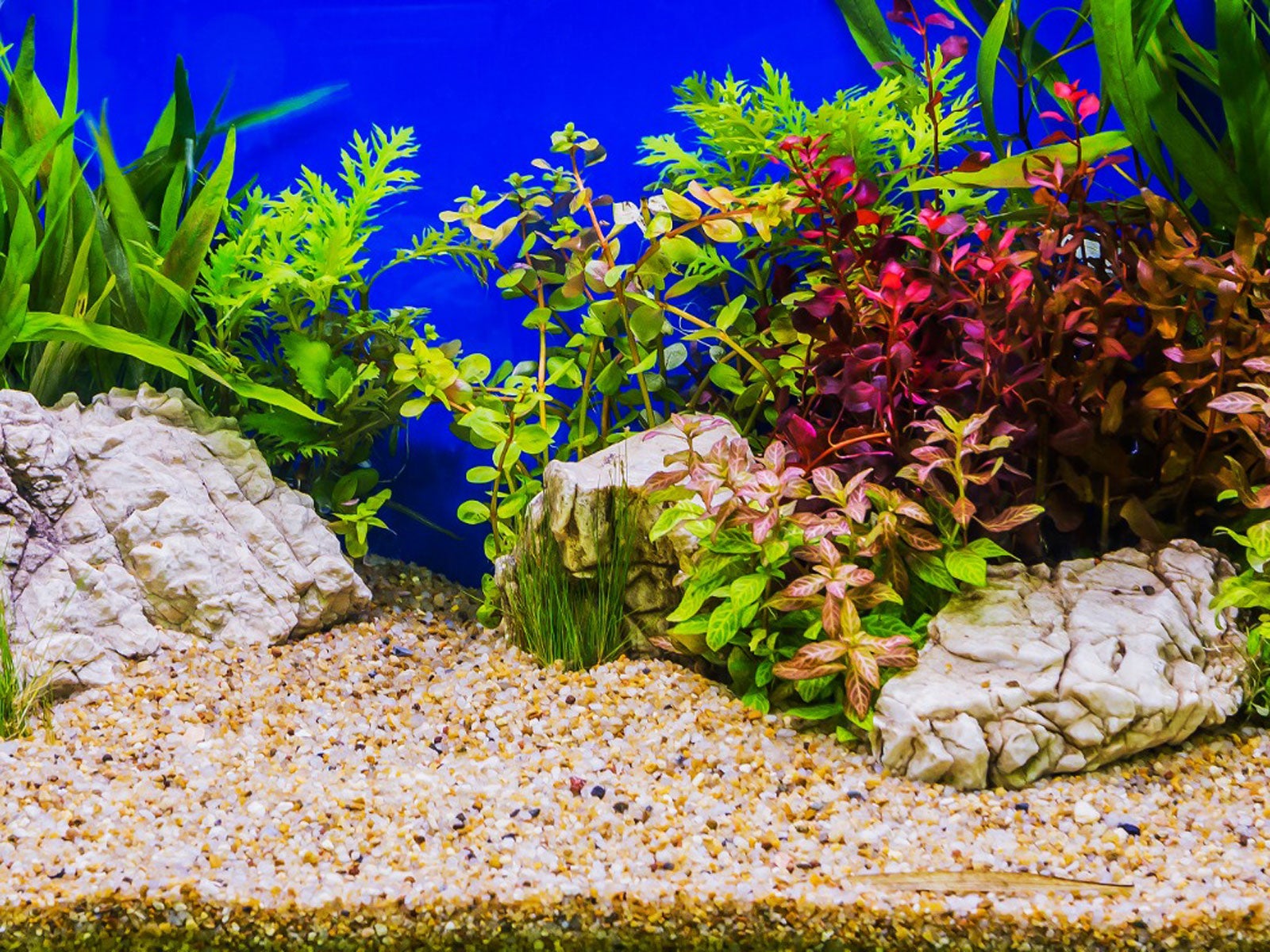 What Is Aquascaping – Creating An Aquarium Garden
What Is Aquascaping – Creating An Aquarium GardenAquatic gardening can be a rewarding endeavor, especially when aquascaping. Click this article to learn more about creating an aquarium garden.